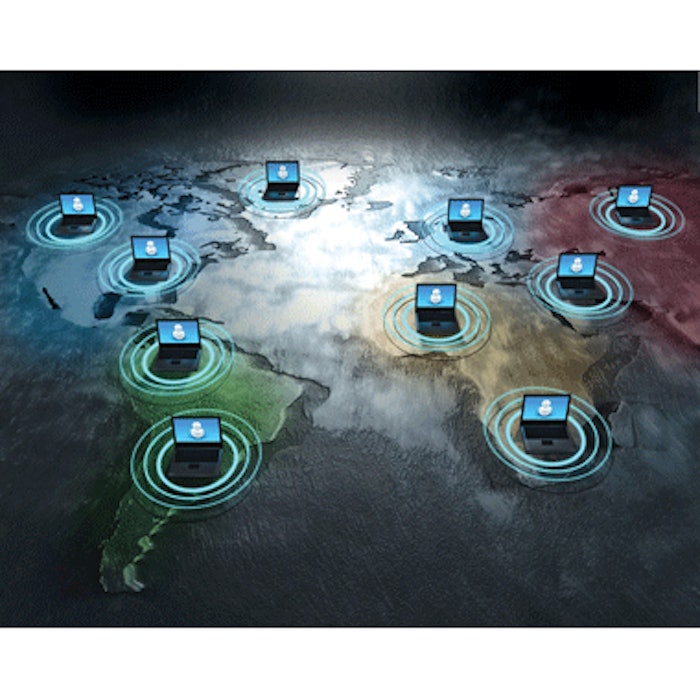
Many aesthetic practices and medspas have already embraced video as an effective marketing tool. Videos posted on your YouTube channel and website allow you to introduce prospective patients to your staff, services and facility. They are also valuable patient-education tools. But you can take video one step further and offer virtual events that allow you to both educate and create a personal connection with attendees. Virtual events, such as live-streaming videos and webinars, combine the power of video and open house events. Patients in a wide geographic range can learn about new procedures and interact with the presenter through text chats or post-presentation Q&A sessions. Even better, once the live event has ended, the video or webinar files can be uploaded and shared for continued exposure.
There are a variety of platforms that can be used to host your virtual event, including GoToWebinar, Facebook Live, Zoom, iMeetLive, Google+ Hangouts and many more. Before choosing a platform and planning an event, gain experience by attending a couple of online events. Have your staff also familiarize themselves with virtual events. Then, set up a meeting to analyze as a team the good and bad points of the virtual events you have attended to make your own event the best it can be.
Planning Your Event
The first step is to decide what type of event you want to host. Typically, virtual events are most effective when they focus on a single procedure or type of equipment or a specific aesthetic concern. Next, you will need to choose your platform and set a date. I recommend that you start planning at least four to eight weeks prior to the date of the event. This will give you enough time to plan and market your event so that it looks professional and attracts a good number of attendees.
Once you have a date set, developing a timeline is very important. Make sure to include the smallest details. Most events are live, so you’ll need to create a script and rehearse your performance in front of your iPhone or camera. Not everyone is comfortable in front of a camera. Practice can help increase your comfort level or you may decide that you're more comfortable with a PowerPoint presentation where you can share slides and prerecorded procedure videos. Attendees can still ask questions and interact during the event.
If you are hosting a live stream video event, you will need a tripod and you may need to invest in additional lighting. Check the sound quality of your recording device—many practitioners use their smart phones, tablets or computers to film and broadcast.
If you will be working with a script on the day of the event, there is a free teleprompter app called SmartPrompt that uses smart voice recognition scrolling. This means that it listens to your voice as it scrolls through your script, pausing when you pause and continuing when you continue.
If you feel uncomfortable—and/or find that it looks unnatural—to speak directly into a camera, have a staff member stand behind the camera. This allows you to speak to the other person and get live visual feedback, which can make your performance look more natural.
Marketing Your Event
Start marketing your event as soon and as often as possible. Most virtual event registrants come from a business’ internal database, so market first to your patients. Call your VIP patients first and then send out an email blast to your database. If you are a startup practice, you can buy email lists and mailing lists to help jumpstart your database.
Post and distribute flyers promoting the event in your practice and share it on your social media pages and practice website.
If the virtual event platform you are using doesn’t track registrants, you can send invites through online services, such as Evites, Minted, Paperless Post, Punchbowl or Greenvelope, that offer trackable RSVPs. Incentivize invitees to respond by offering a value-added gift such as a product sample at their next visit or a discount on their next procedure. You can also offer a raffle prize that will be awarded to one attendee during or the day following the event.
As the day of the event approaches, follow a formal reminder schedule. Reminders should be sent out a week before the event, the day before and one hour before the event. Remember to include a link to join your event on
all reminders.
Event Follow-Up
Following the event, it is important to capture leads to maximize ROI. Create a post-event email blast for attendees and registrants before the event so it’s ready to go immediately after. Thank them for coming and include any promised value-added specials as well as a post-event survey. This helps you determine the success of the event, gather testimonials and identify areas for improvement. Sample questions you can ask in the survey are: “Would you attend another event?” and “Would you share this event with a friend?”
Virtual events can be very effective and profitable marketing tools. They allow you to interact with patients in the comfort of their own homes and are much more affordable than open house events. In addition, they can live on through your YouTube channel and practice website, where they continue to attract and educate prospective patients about your services. Virtual events require picking up new skills and investigating new technologies, but the payoff makes it well worth the effort.
Cheryl Whitman is founder and CEO of Beautiful Forever, an aesthetic business consulting firm. Contact her at 877.772.6334, [email protected].
Image copyright Getty Images











